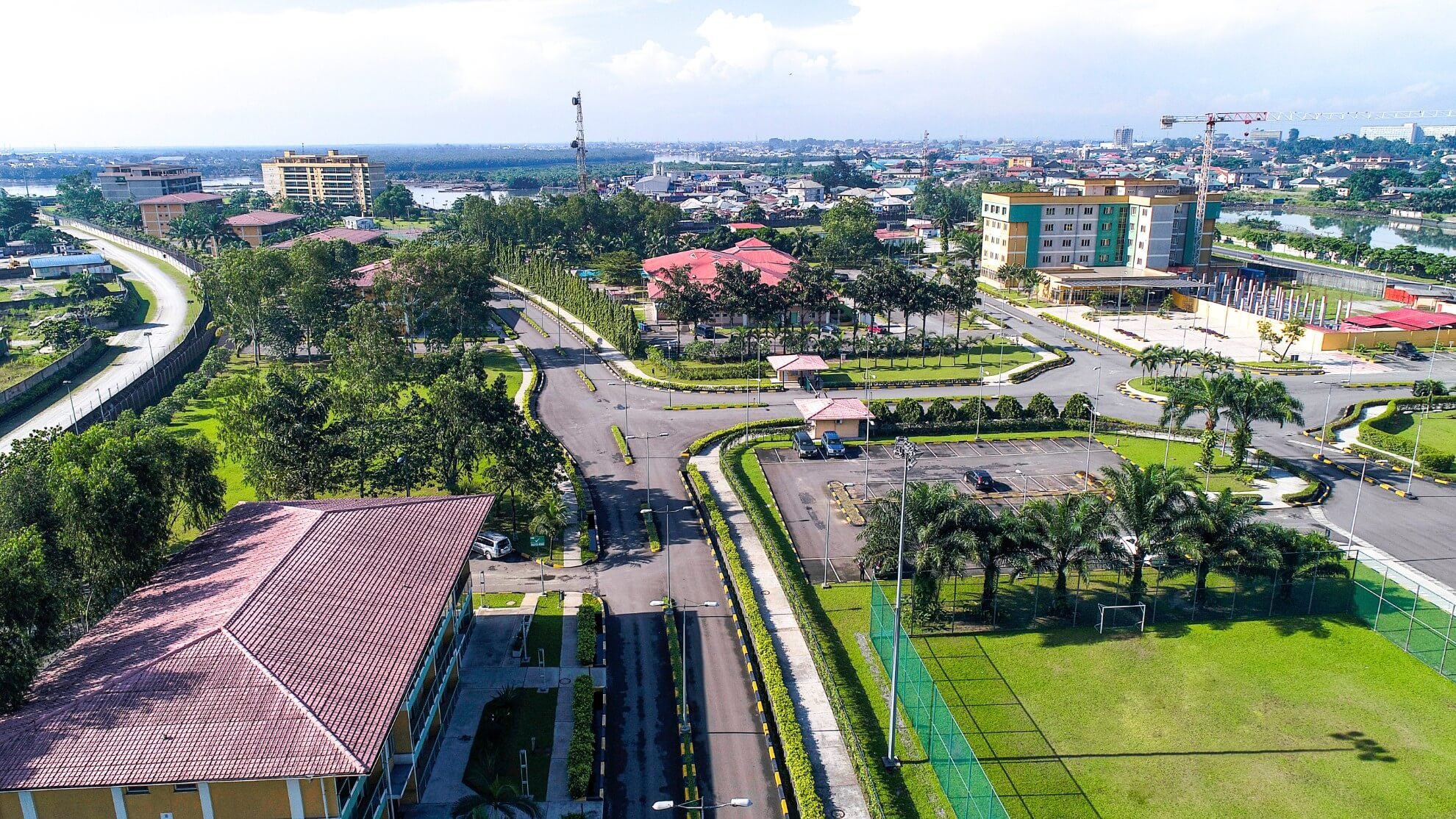The global journey toward completing the deployment of the fifth-generation (5G) network is well underway, with 783 mobile operators in over 200 countries working toward this goal. Currently, 326 5G networks are live, according to the Global System for Mobile Telecommunications Association (GSMA). The GSMA’s “Destination Growth: The Journey to Complete 5G” report highlights that 5G and digital transformation will contribute an additional $4.7 trillion to the global GDP and create 7.3 million new jobs across industries by 2023. This is largely due to 5G-driven solutions that will enhance the efficiency and productivity of enterprises.
In Nigeria, 5G deployment is in its third year, with around four million of the 169 million mobile users accessing the network. Despite this, the Nigerian Communications Commission (NCC) reports that as of January 2025, 5G market penetration in the country stands at only 2.54%. MTN, Mafab, and Airtel are the operators that have rolled out 5G services.
GSMA defines “complete 5G” as the full deployment of 5G standalone (SA) networks along with the integration of 5G into business operations to deliver enterprise services. Complete 5G promises not only technical deployment but also the evolution of mobile operators into business solution providers, combining 5G technology with other advancements.
The study reveals that among the 783 operators, 61 are operating 5G SA networks, which include full deployment in the radio network and controller core. Meanwhile, 265 operators have implemented 5G non-standalone (NSA) networks, which use existing 4G infrastructure combined with 5G access networks.
Despite these advances, 457 operators are still operating 4G LTE networks without implementing any aspects of 5G. The reasons for this include the unavailability of licensed 5G spectrum or commercial, technical, and financial challenges. Additionally, GSMA notes that some operators are in transition, with 5G NSA operators beginning to implement 5G core networks and some 5G SA operators starting the process of building their own cores.
The transition to cloud-native network architectures is key to unlocking new revenue streams, particularly from the enterprise sector. The report underscores that complete 5G is expected to provide the bulk of mobile revenue growth this decade. By 2030, the mobile operator industry’s enterprise revenue growth opportunity enabled by complete 5G is estimated to be $127 billion, accounting for around 70% of the $186 billion in new revenue projected for mobile operators globally.
The GSMA concludes that achieving complete 5G is essential for operators to capture the lion’s share of this emerging revenue, as the opportunity for growth in the mobile sector shifts toward business solutions enabled by 5G technology.










